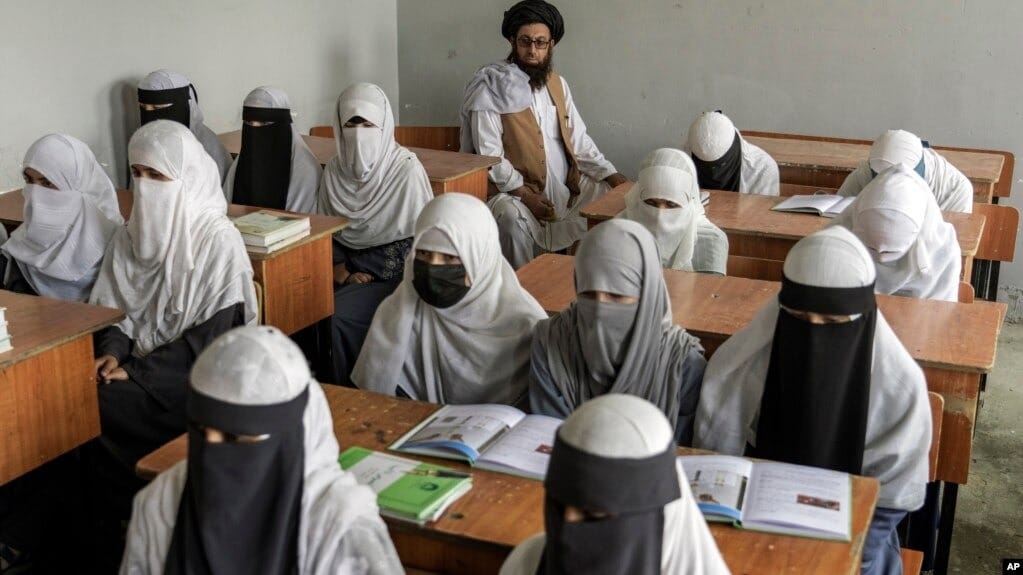In the shadowy world of hybrid warfare, few operations have been as meticulously planned and dangerously executed as Project Gidon-Esha, an alleged covert alliance between India’s RAW and Israel’s Mossad with a singular objective: to fragment Pakistan from within, destabilise its key regions, and obstruct the emergence of a stable, sovereign pivot between China, Central Asia, and the Muslim world.
The name may sound obscure to the uninitiated, but for intelligence circles and regional observers, Project Gidon-Esha is no longer a conspiracy theory, it is an unfolding reality. This isn’t just an intelligence mission; it is a multi-front assault targeting Pakistan’s physical borders, digital airwaves, ethnic composition, and ideological fabric.
Over the past several months, critical evidence has emerged connecting RAW-Mossad activities to coordinated digital surveillance, misinformation campaigns, sabotage attempts, and even on-ground terror facilitation. At the center of this network lies a disturbing detail: Chabahar Port in Iran was used not for trade, but as a forward operating surveillance hub, watching Balochistan, eavesdropping on Chinese investments, and mapping naval movements in Pakistani waters.
The joint operational unit — under the umbrella of Project Gidon-Esha, deployed Starlink terminals, laser optics, satellite uplinks, and drone-mounted thermal cameras to spy on Pakistani soil. Foreign intelligence assets were found masquerading as fishermen, operating openly along the Makran coast, their boats equipped not with nets, but with encrypted communication devices.
This isn’t speculation. A recent crackdown in Quetta, Panjgur, and Turbat exposed underground communication cells embedded deep within society, rickshaw drivers, tailors, shopkeepers, all acting as nodes in a sprawling intelligence-gathering and disruption network. Telegram groups were used to radicalise youth, trigger fake protests, and manipulate Twitter trends to simulate domestic dissent. The Baloch Yakjehti Committee (BYC) was cited as a soft cover for this digital insurgency, pushing narratives of secession under the guise of civil rights.
But Project Gidon-Esha was not limited to media warfare. It also enabled kinetic terror, insurgents in tribal districts, suicide attacks in Bajaur, and IED strikes in North Waziristan were all operationalized with GPS-level planning, facilitated through foreign funding, and often carried out by operatives who slipped across porous Afghan borders, armed and trained by handlers tied to the same network.
The endgame? To resurrect the old dream of Greater India, and align it with the Israeli vision of Greater Israel, both expansionist in ideology and united by a fear of Pakistan’s geostrategic significance. This project aims to tear open the fault lines of Balochistan, sow chaos in Khyber Pakhtunkhwa, compromise CPEC, and isolate Pakistan diplomatically by painting it as an unstable, ungovernable nuclear power.
Worse still, elements of this nexus are believed to have infiltrated white-collar spheres, not just ground operatives but bureaucrats, officials, NGO workers, and even development consultants with dual nationalities, foreign properties, and offshore loyalties. They operate silently, feeding data to hostile foreign powers, cloaked in the garb of international aid or civil society work.
This is why Pakistan’s current security doctrine must undergo radical revision. Traditional counter-terror operations cannot stop cyber-attacks launched from thousands of miles away or bots generating unrest through coordinated disinformation. We must now deal with a war where your enemy doesn’t carry a gun but an algorithm, doesn’t cross borders physically but enters your phones, feeds, and minds.
Moreover, the unregulated presence of undocumented foreign nationals, particularly Afghan refugees and migrants living illegally in major cities, poses a severe intelligence risk. If Iran can register every resident biometrically, why can’t Pakistan? How many of these undocumented residents are being used as couriers, informants, or sleeper agents?
It is naive to treat this as a series of disconnected incidents. Project Gidon-Esha is the blueprint of Pakistan’s internal dismemberment. Its architecture spans from Balochistan to Bajaur, from digital chatrooms to real-world car bombings. It uses poverty, tribal divisions, historical grievances, and global technological tools to wage a war Pakistan cannot afford to ignore.
And so, the response must be holistic and ruthless, combining AI-driven surveillance, cyber-defence infrastructure, community engagement, and counter-radicalisation campaigns, especially in vulnerable regions. But above all, the state must reclaim control over its narrative, networks, and national will.
This is not just a threat to Pakistan’s sovereignty. It is a blueprint for the disintegration of a nuclear power through means that leave no fingerprints, a war without declarations, but with very real victims.
Project Gidon-Esha is not a myth. It is the invisible war being waged on Pakistan, and the time to confront it is now.





